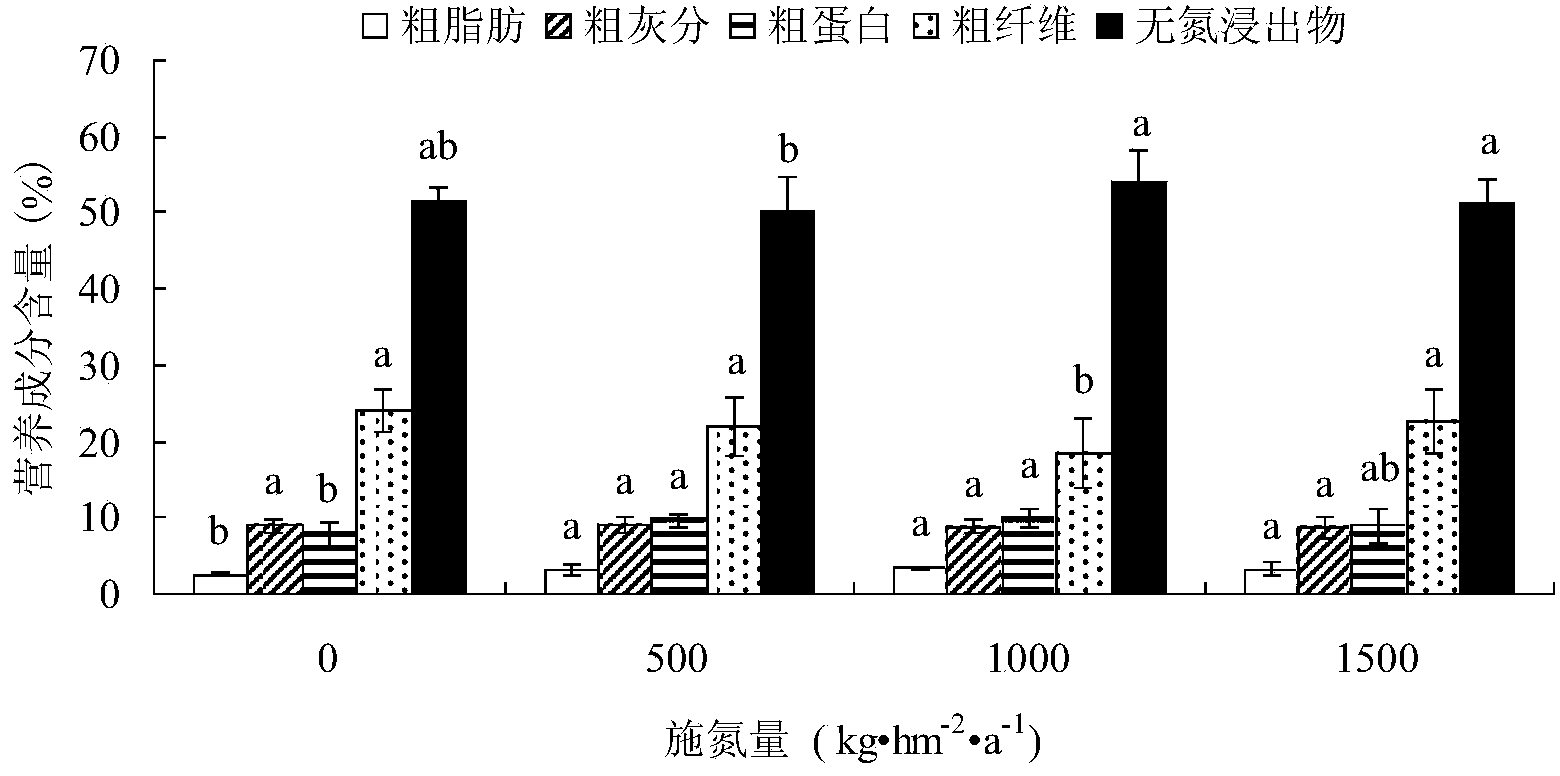Method for planting hybrid napiergrass Guimu No.1 in karst region
A karst and regional technology, applied in the fields of botanical equipment and methods, horticulture, application, etc., can solve the problems of grassland community stability and persistent adverse effects, low compensation, etc., to improve photosynthesis capacity, with remarkable effect and wide application. Foreground effect
- Summary
- Abstract
- Description
- Claims
- Application Information
AI Technical Summary
Problems solved by technology
Method used
Image
Examples
Embodiment 1
[0026] A method for establishing hybrid elephant grass Guimu No. 1 in karst areas, the steps are:
[0027] (1) Sowing: Select Guimu No. 1 hybrid elephant grass seeds, and sow in late February or early March.
[0028] (2) Fertilization and transplanting: In mid-April, basal fertilizer calcium magnesium phosphate fertilizer (P 2 O 5 The content is 21.8%) 153kg·hm -2 , Potassium chloride fertilizer (K 2 O content is 60%) 306kg·hm -2 ; Around April 20th, select seedlings that grow basically the same for transplanting, with a plant spacing of 60cm, a row spacing of 60cm, and two plants per hole.
[0029] (3) Nitrogen application: topdressing 5 times throughout the year, the first topdressing of nitrogen urea (N46%) in late April, the amount of fertilizer applied is 125kg·hm -2 Apply. The other four times were in early June, late July, early September, and mid-October to apply nitrogen fertilizer urea, each application amount was 250kg·hm -2 , The cumulative nitrogen fertilizer application...
Embodiment 2—9
[0032] A method for establishing hybrid elephant grass Guimu No. 1 in karst areas, the cumulative amount of topdressing nitrogen fertilizer, cutting times and cutting intensity from June to October are shown in the following table (Table 1), and other implementation steps are the same as in Example 1.
[0033] Table 1 The amount of nitrogen, the number of cuttings, and the cutting intensity in Examples 2-9
[0034]
[0035] Note: The nitrogen application rate in the above table is the cumulative nitrogen fertilizer application amount in June, July, September and October in step (3).
[0036] In all the examples, the water needed for the growth of forage grass came from natural rainfall, and no irrigation treatment was performed.
PUM
 Login to View More
Login to View More Abstract
Description
Claims
Application Information
 Login to View More
Login to View More - R&D
- Intellectual Property
- Life Sciences
- Materials
- Tech Scout
- Unparalleled Data Quality
- Higher Quality Content
- 60% Fewer Hallucinations
Browse by: Latest US Patents, China's latest patents, Technical Efficacy Thesaurus, Application Domain, Technology Topic, Popular Technical Reports.
© 2025 PatSnap. All rights reserved.Legal|Privacy policy|Modern Slavery Act Transparency Statement|Sitemap|About US| Contact US: help@patsnap.com



